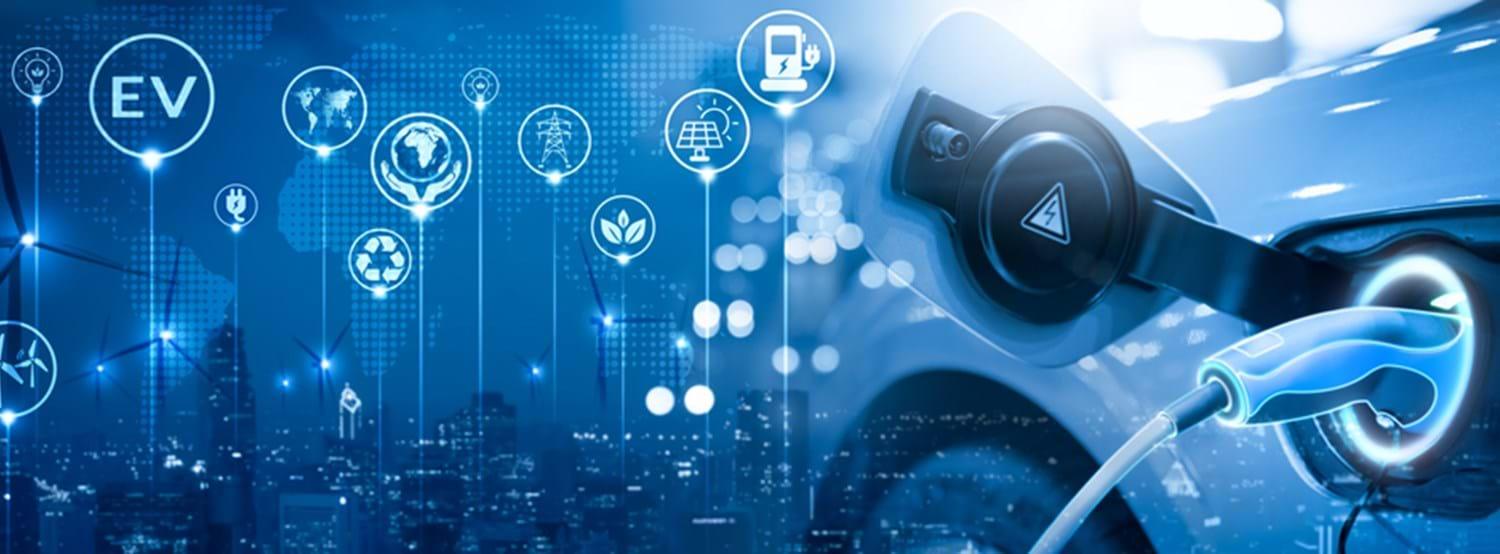Key Drivers

The energy transition requires a huge increase in minerals to realise the growth in renewable energy production and battery production capacity needed to meet the climate goals.
The IEA estimates a quadrupling of minerals required to meet the sustainable development scenario by 2040. Six times as much minerals are required to meet the net zero scenario by 2050. A significantly increase in demand is expected for several “energy transition minerals”.
Several independent and renowned organisations have estimated similar numbers. The higher our climate ambition – the higher the demand for minerals will be.
An increased recycling rate is unfortunately far from sufficient to cover the growing demand. Existing minerals are tied up in the existing infrastructure we use in our everyday life. We must work with smarter designs and increase the recycling rate as this will be important for the future. However, even a 100% end-of-life recycling will only contribute with about 5-15% of the supply for several energy transition minerals over the next few decades.
Europe consumes about 25-30 percent of the global metal production while producing only about 3 percent. Europa aims to make its economy more resilient by diversifying its supply chains. Minerals are also key to realising the energy transition and establishing new jobs.
The ocean is a huge reservoir for energy transition minerals like copper, nickel, manganese, cobalt and zinc.
